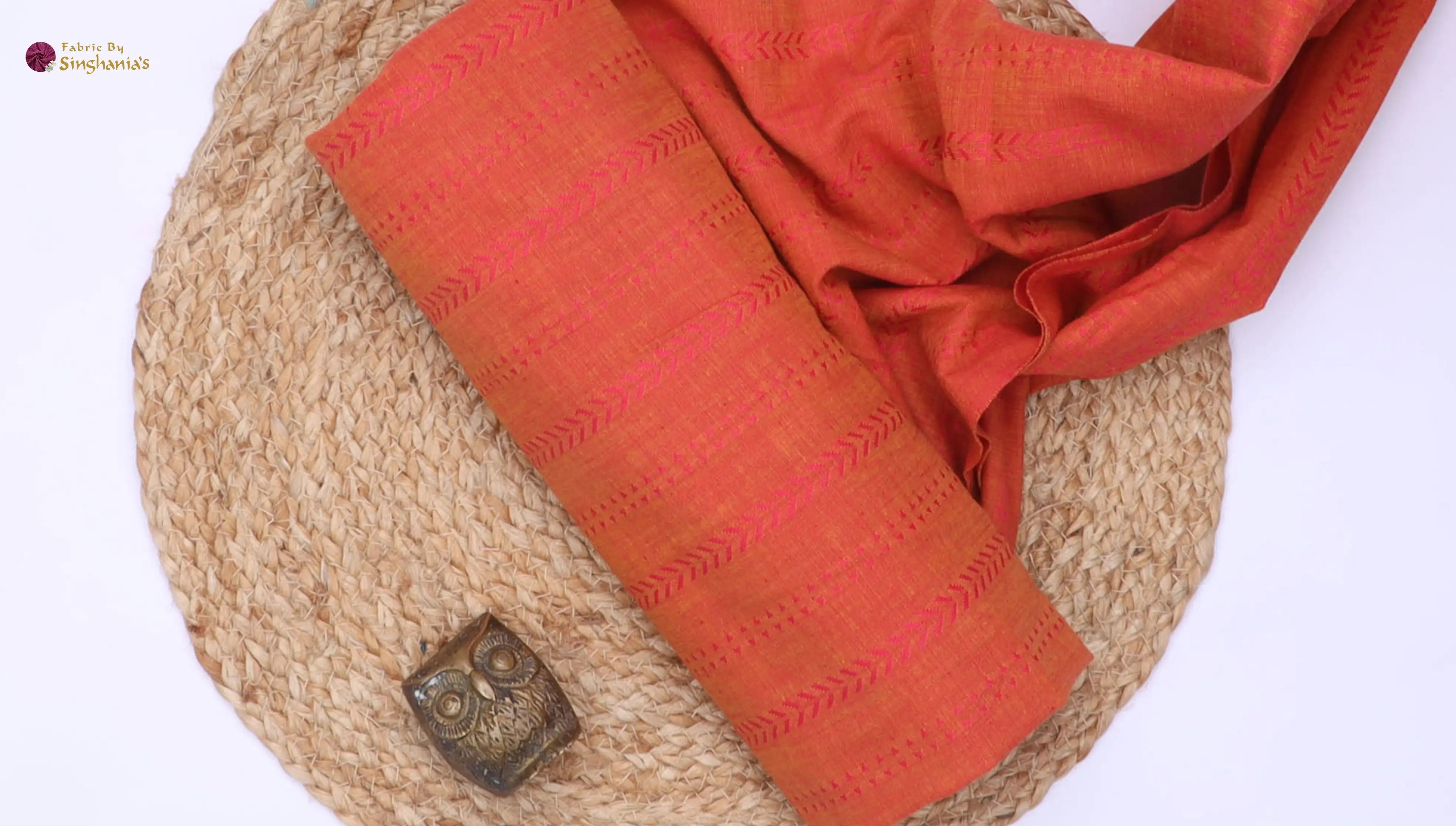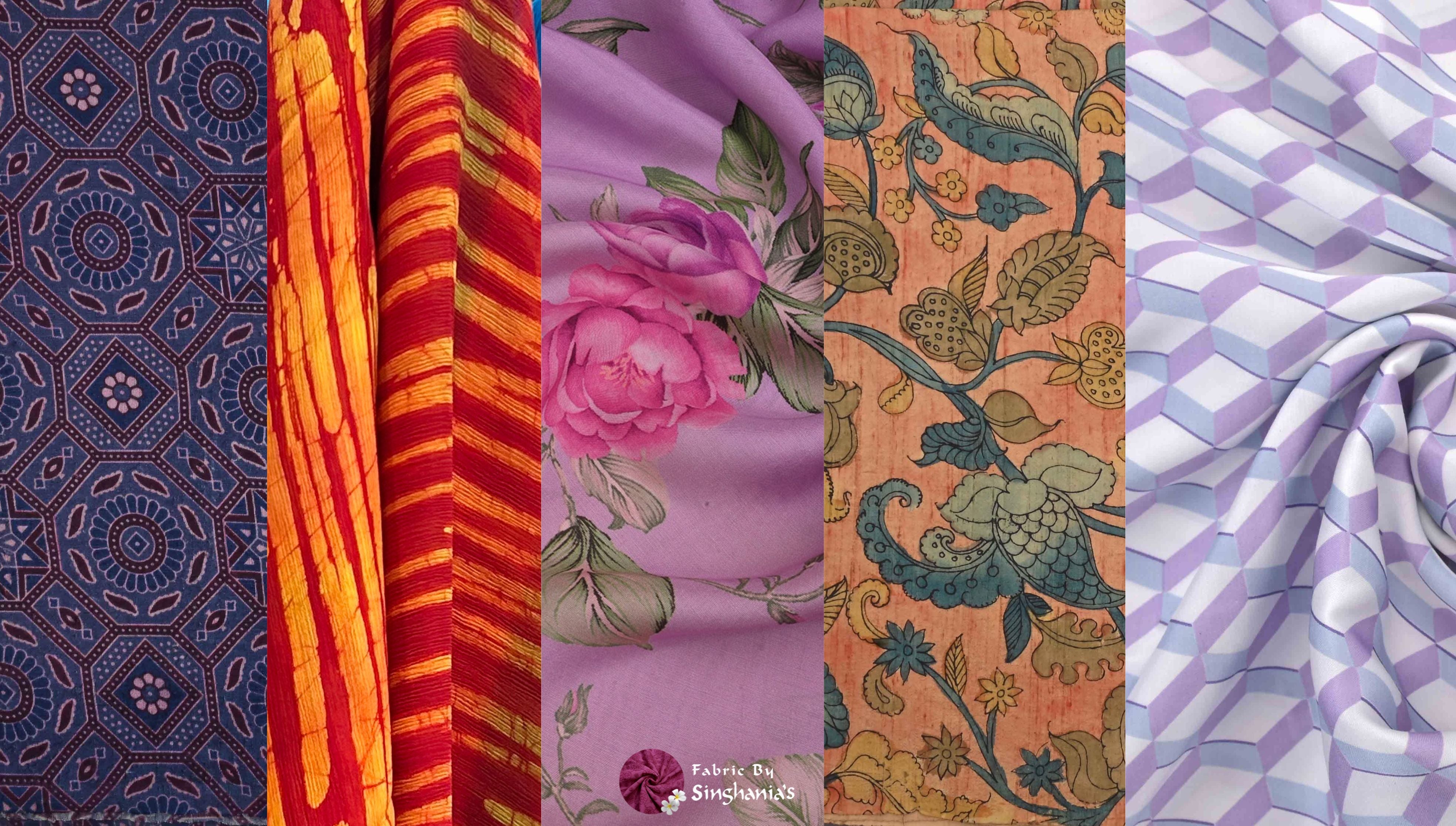
The festival of lights is a joyful time in Indian culture. Diwali is not only significant for its vibrant lights but is also extremely significant in Hinduism. It is a symbol of victory of good over evil and marks the Hindu New Year.
The diwali 5 days importance depends on each day and brings its own significance. These auspicious days are:
- Dhanteras
- Naraka Chaturdashi (Choti Diwali)
- Diwali
- Govardhan Puja
- Bhai Dooj
Each day has its own set of customs, rituals, and traditional attire. Among these, the role of fabrics is particularly intriguing. Today, we will dive deeper into the ideal fabrics for diwali and why.
The Fabric Significance in Diwali Celebrations

Like any Indian festival, fabrics have been an integral part of our culture for centuries. Diwali, being one of the most important festivals of the nation, witnesses exceptional fabrics for festivals.
The importance of fabric in Indian culture is not just limited to beauty; it transcends to tradition, art, and identity. They signify grace and elegance, making them perfect festival wear. The choice of fabric colours and styles during Diwali holds deep cultural significance as well. Bright and vibrant colours like red, yellow, and orange are believed to bring prosperity and happiness. However, some regions follow unique traditions that set them apart.
Fabrics for Each Day of Diwali: Traditional and Modern Choices
Dhanteras Fabric
Dhanteras, loosely translated to the thirteenth day of the month, is auspicious for monetary gain. This day in the lunar month of Krishna Paksha marks the beginning of Diwali festivities, and it is believed that purchasing gold, silver, and fabrics on this day brings prosperity.
The preferred dhanteras fabric is usually in the colours gold or yellow, signifying the abundance of wealth. Fabrics like silk and brocade are favoured for their opulence, beauty, and purity. You can also find motifs such as coins, lamps, and floral patterns on these. The motifs signify monetary prosperity and good fortune.
Choti Diwali/Kali Chaudas Fabric

Choti Diwali, also known as Kali Chaudas, is the second day of Diwali celebrations. It is associated with warding off evil. Wearing dark colours like black or blue symbolises protection from negative energies. However, in Hindu culture, wearing black clothes for ritualistic events is prohibited. Hence, it is ideal to opt for dark colours in blue, green, purple, etc.
The Kali chaudas fabric features Organza fabrics with intricate embroidery or embellishments. Vibrant Kanchi fabrics that add a touch of elegance and sophistication. Banarasi fabrics, woven in pure gold and silver zari, resonate with the idea of wealth and abundance during Diwali.
Interestingly, certain cultures or families wear dark-coloured clothing due to various other reasons. The royal family of Jaipur has a sad history related to Diwali, where the death of a former ruler prevented them from celebrating it vibrantly. Hence, to date, they wear dark blue colours in solace.
Diwali Day Fabric
The most auspicious day of all, Diwali, is the day when people adorn themselves in resplendent new clothes to welcome the Goddess of wealth, Lakshmi, into their homes. The entire house is cleaned and decorated with floral arrangements, lamps, and fragrances.
During Diwali, it's only fitting for the women of the house to adorn themselves in the most stunning attire, showcasing the finest festival fabrics. Vibrant shades of red, orange, and pink are beloved choices, symbolizing joy and celebration. For a standout look, consider the intricate drapes of Kanchi fabrics or the exquisite Banarasi jaal weavings, which add an extra layer of glamour to your ensemble. To elevate your appearance further, delve into your jewelry collection and embellish yourself with treasured pieces, signifying prosperity and elegance.
Please note: Just as a precaution, drape your saree/outfit properly and avoid any loose ends. Diwali is a time with lots of live lamps, and any loose fabric might lead to an unwanted incident. So, tuck it properly and enjoy the day with ease.
Govardhan Puja Fabric
The next day after Diwali is the Govardhan Puja. Mythologically, this day narrates the story of Lord Krishna and his act of raising the Govardhan mountain in order to save his village from Lord Indra’s temper.
On this day, women pick a traditional fabric for your outfit for Govardhan Pooja. These festival fabrics showcase minimal designs and muted colours and are preferred to maintain the solemnity of the occasion. Since there are several rituals involved, it is ideal to pick a lightweight fabric in cotton or soft silk to help you manage your work comfortably.
Bhai Dooj Outfits

Just like Raksha Bandhan, Bhai Dooj is a celebration of the bond between siblings. The best way to celebrate this occasion is to wear coordinated clothes and shower each other with love.
Nowadays, bhai dooj outfits are more trendy than traditional. You can see a variety of subtle prints and minimal embroidery. People prefer comfort over anything else, and hence, such festive designer fabrics are a breath of fresh air.
The Cultural Heritage: Fabrics and Puja Rituals
Fabrics have always been an essential element of various Diwali rituals. The grace and elegance of the fabrics symbolise purity and devotion. The rich history associated with them reflected India’s diversity.
Fabrics for Diwali hold special significance in each region. Women in the north wear intricate banarasi fabrics embellished with brocade. South Indian women prefer solid colours with large borders. Traditional buta motifs dominate in the West, whereas handloom cotton fabrics endure in the East. This variation brilliantly highlights regional influences while connecting them all with a common thread.
Modern Trends: Festive Designer Fabrics
Contemporary fabric designers have redefined festival wear, infusing traditional designs with a modern twist. Fabrics like paithani, banarasi, ikkat, etc. are perfect for those who want to embrace tradition while staying fashion-forward.
For those of you looking to break away from tradition, trendy, fusion fabric outfits offer a fresh perspective, blending elements of Western fashion with the elegance of fabrics.
The Everlasting Charm of Fabrics in Festivals

As already mentioned, fabrics play a significant role in Diwali celebrations, reflecting the cultural heritage and diversity of India. The colours, and designs of these fabrics tell stories of tradition, spirituality, and joy.
Explore more of such festival fabric collections with Fabric by Singhania’s and continue to celebrate the festival of lights. Let us embrace the enduring charm of sarees together and keep our rich heritage alive for generations to come.



